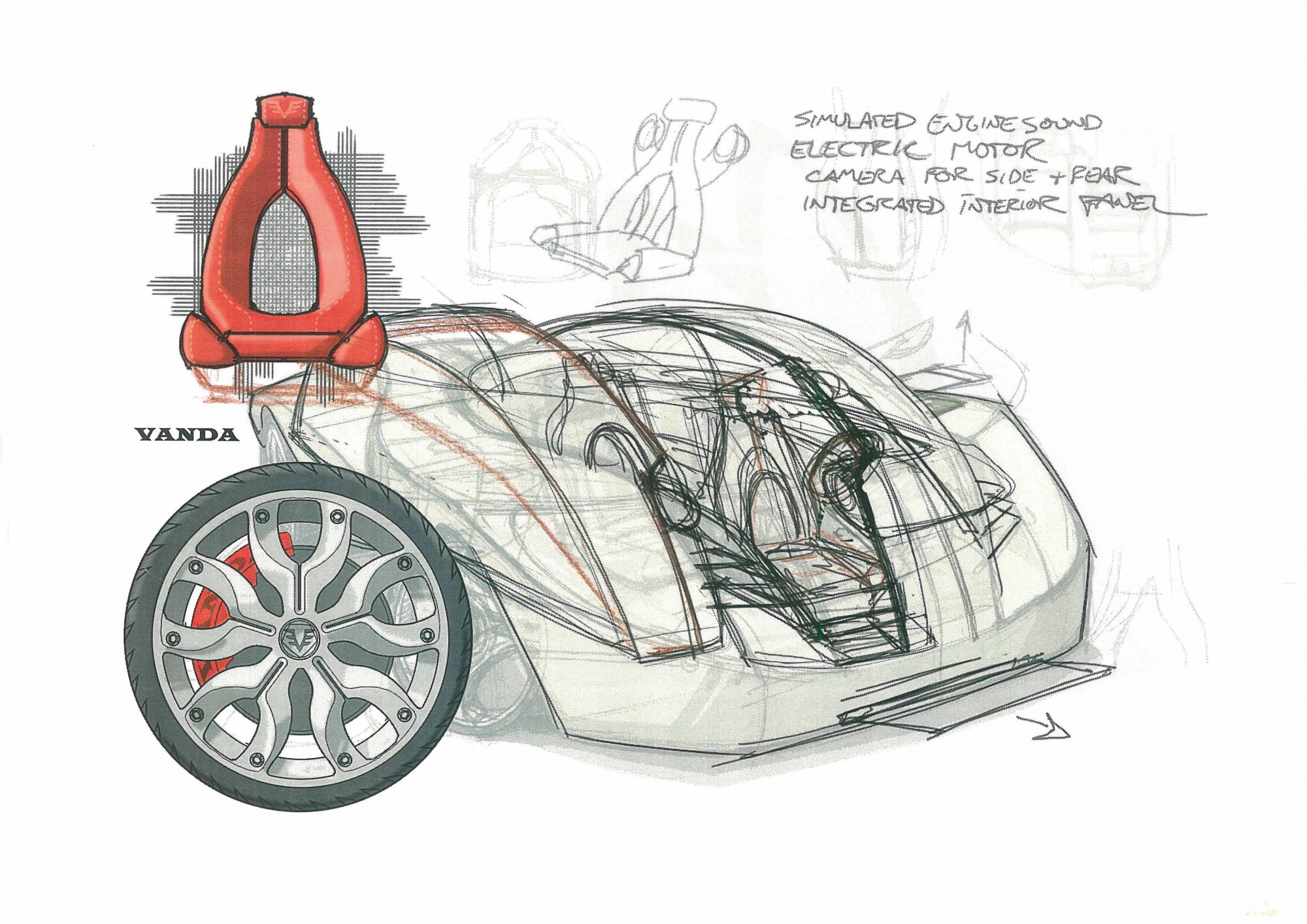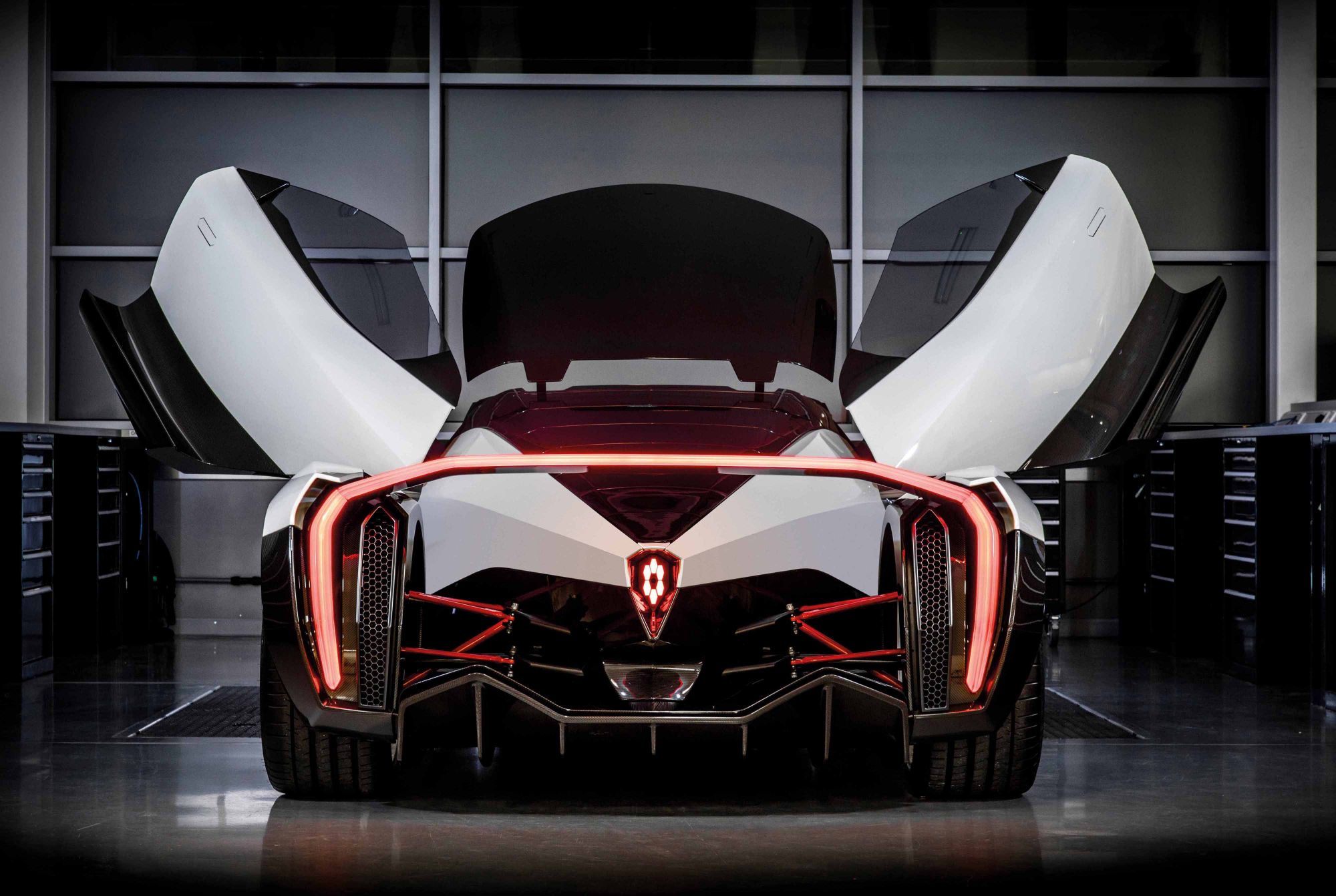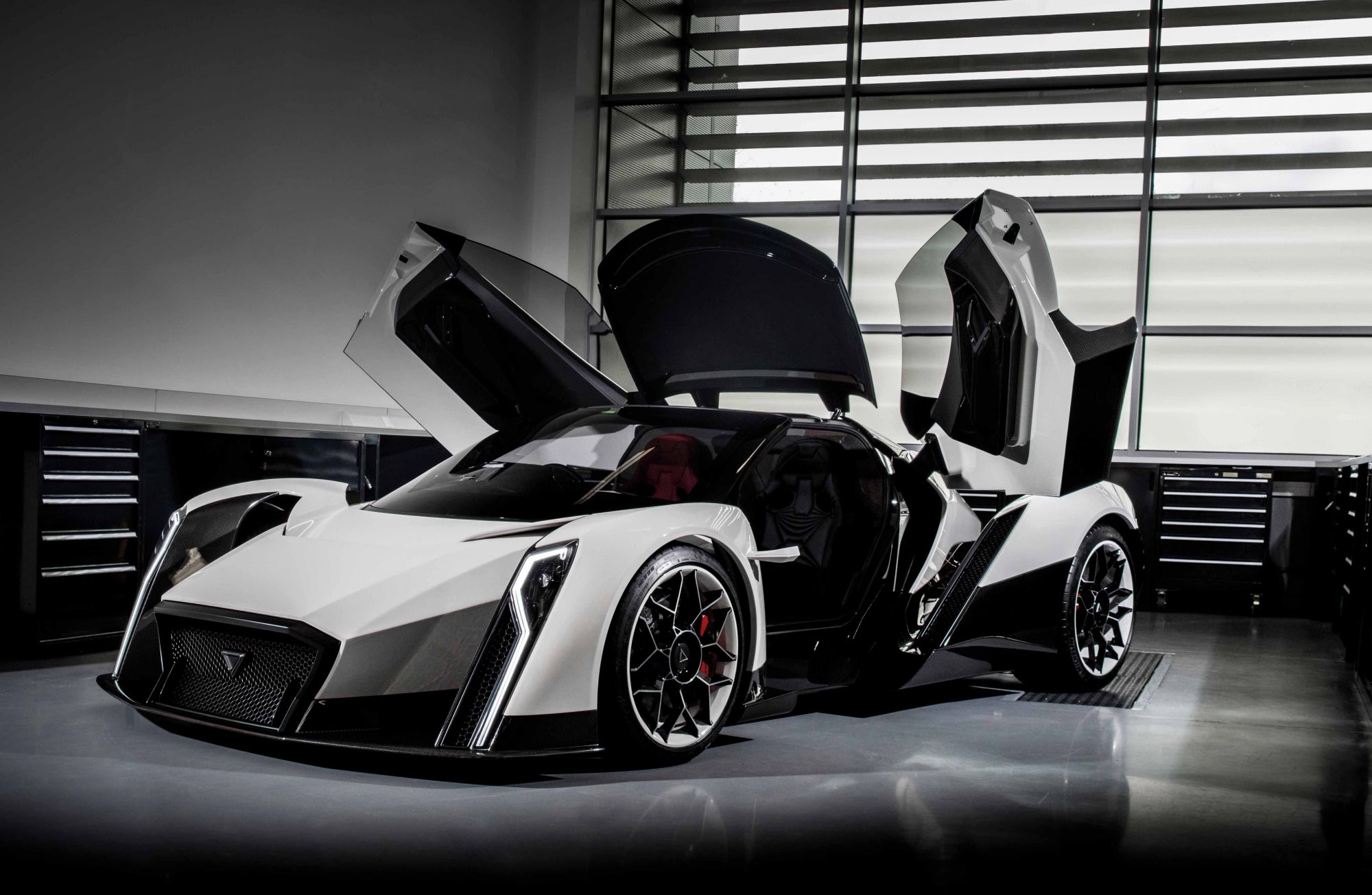The CEO of local electric vehicle (EV) startup believes that Singapore can be a leader in EV innovation.
Propelled by the spirit of the Space Age and the Jet Age, car manufacturers of the 1950s aspired to not just speed and power, but also beauty—the iconic automobiles of the period are still beloved by aficionados for the cool curves and clean lines that often drew direct inspiration from the jet planes and spacecrafts that were probing new frontiers of exploration. It was also the Atomic Age, and as nuclear technology developed, engineers even dreamed up concept cars that might one day safely harness nuclear energy.
The nuclear-powered car never came to pass, but the dream of finding a source of clean, sustainable energy to fuel our travels has persisted well into the 21st century. Today, the answer to that dream increasingly seems to be found in the electric vehicle (EV). Some might say we are living in the eve of the EV Age—in 2017, over 1.2 million of such vehicles were sold globally, a 58 per cent increase from 2016.
With EVs representing just 1.3 per cent of total global new passenger vehicle sales, traditional internal combustion engine cars still dominate the market. Still, if you are a glass-half-full kind of person, that simply means the room for EV growth is massive.
(Related: Yes, Singapore Has Our Very Own Supercar)
“The future is electric... it’s not a matter of if, but when.”






